Robert Bryson from Banbridge, Co Down, a Dale Farm supplier and board member since 2013, was invited to give an overview of the development of his dairy farming business at the recent IDF (International Dairy Federation) World Dairy Summit, held in Belfast.
Robert is the fourth generation to farm at Carrick House Farm, having returned home to the family business in 1990.
Over the past 27 years, Robert has developed the business, starting out with a mixed farm of 35 dairy cows yielding 4,500 litres, run alongside pedigree beef cattle and sheep. The farm is now home to a specialised 190 dairy-cow business averaging 9,500 litres on a forage-based system, with 3,900 litres coming from forage. The herd has the potential to further develop, with more rented land becoming available. The farm now totals 133ha owned and rented, and the aim is to expand to 260 cows in future.
Robert explained to the international audience how he believes his business is sustainable by concentrating on five main pillars – simplicity, grass-based, low cost, high output and profitability.
Simplicity: this is an uncomplicated system, operated with minimal labour. Robert has “worked hard to eliminate hard work”Grass-based: Robert strives to grow and utilise large quantities of grass for both grazing and silage.Low cost: the constant focus is to keep costs down, which is within Robert’s control.High output: output has increased to fully utilise Robert’s most limiting resource, which is land.Profitable: the business is measured on profit, not output of milk alone.Genetics
The herd is managed in two groups – milking and dry cows. Genetics are selected based on profitable lifetime index (PLI) with emphasis on feet and legs, fertility, health and longevity. Robert is aiming for an average-sized cow, with the ability to consume large volumes of forage, be fertile and last five lactations.
Calving Pattern
Cows calve during the summer and autumn period, with 55 cows calved in June and then the remainder calving from the end of July onwards, with the aim to have all calvings finished by December. With this calving pattern, a proportion of the cows are dry and calve during the summer months at grass. Later in the season, dry cows within three weeks of calving are housed, and calved indoors from mid-September onwards.
Feeding system
Cows are fed via a computerised feed-to-yield system in the parlour. There are no out-of-parlour feeders or diet feeder used. Silage is fed to cows three times per week –Monday, Wednesday and Friday, with the tractor parked over the weekend. Robert maintains his time is better spent managing the cows rather than putting hours on the tractor clock.
Nutritionally, the herd is fed a high-digestible fibre nut from United Feeds, with the highest-yielding cows receiving up to 8kg of meal per milking. In total, cows receive 2.5t of feed, which results in a feed rate of 0.26kg/litre.
Grazing system
This is a dry farm, which is located in one block and has an extensive laneway network in place. This allows grazing to start in early spring, with the aim to be grazing fully by day in mid-March, with full turnout by end of March.
Grass is managed on a 21-day rotation, which can be extended or tightened depending on grass growth. Robert walks and assesses the grazing platform at least once per week to make these decisions. Cows are partially housed by the end of September, with the herd fully housed by mid-November, depending on weather conditions.
Investment in mains electric fencing, which extends around the perimeter of the farm, makes strip grazing very simple as the fence can be hooked up quickly at any point.
Robert grows and utilises high volumes of grass on the farm which is testament to his attention to detail in analysing soil and correcting deficiencies in lime, phosphorus (P) and potassium (K) status. “It’s more about the management than the grass varieties grown,” states Robert.
Calves
Only Holstein Friesian heifer calves are retained and reared. All Holstein Friesian bulls and beef-bred calves are sold at 10 days old.
Robert is very particular that as soon as a calf is born, it receives four to six litres of colostrum in the first six hours. Calves are then reared on whole milk consuming up to six litres per day in two feeds. Calves are introduced to straw for roughage and meal within the first week, and they are weaned at seven weeks old, when they are consuming meal on an ad-lib basis.
Heifers go to grass in spring and are rotationally grazed, with 0.5 kg of meal fed per day to sustain growth rates of 0.75kg/day.
The aim is to commence breeding at 13 months to easy calving Holstein bulls, with a sweeper bull introduced to catch heifers which repeat after their second service.
Business development
Since 2008, the farm has undergone considerable modernisation and investment, to facilitate expansion, reduce labour, improve animal welfare and meet environmental obligations. The farm development has been financed by bank borrowings, and not through the sale of assets such as building sites.
The main areas of investment include:
180-cow cubicle shed with one million gallons of slurry storage.20/40 herringbone milking parlour.Two silo pits totalling 2,500 tonnes of silage capacity.Network of cow roadways connecting owned and rented land.Performance indicators
As shown in Table 1, Robert aims to maintain milk from forage around 4,000 litres per cow at current yields, and push lifetime yield of the herd to 47,000 litres per cow with a replacement rate of 22%.

Costs have been stripped out of the business with minimal machinery owned and all major farming operations carried out by contractors.
He has relief milkers contracted to cover eight of the 14 milkings per week, and provide some casual labour when required, along with other family members.
Costs per litre are projected to fall further as the herd expands to fully utilise additional rented land which has been taken on, and at the same time capital repayments will begin to drop out as the infrastructure is in place to manage 260 cows. In turn, this will then improve the profit per hectare figure.
Robert is a keen advocate of benchmarking his dairy business and analysing the physical and financial components on a three-year basis. This then allows him to set meaningful targets to drive the business forward.
While visitors to the farm often comment on the land type and ability to get stock to grass early, which clearly saves on costs, a lot can be learned from the streamlined business model with the emphasis on working smarter rather than harder. These key concepts can be applied to any dairy system no matter where located.
Robert could well be described as “a business man who happens to milk cows”. His aspiration is to develop a labour-efficient highly profitable business, which is attractive to his children, and can compete with any other profession.
Robert places great emphasis on the work-life balance, and even though he is the main labour unit he doesn’t want to be a slave to the system, hence he strives for a simple, uncomplicated way of farming – one that is also simple for relief workers and casual labour to operate in his absence.
Neville Graham is head of farmer services at Dale Farm
Robert Bryson from Banbridge, Co Down, a Dale Farm supplier and board member since 2013, was invited to give an overview of the development of his dairy farming business at the recent IDF (International Dairy Federation) World Dairy Summit, held in Belfast.
Robert is the fourth generation to farm at Carrick House Farm, having returned home to the family business in 1990.
Over the past 27 years, Robert has developed the business, starting out with a mixed farm of 35 dairy cows yielding 4,500 litres, run alongside pedigree beef cattle and sheep. The farm is now home to a specialised 190 dairy-cow business averaging 9,500 litres on a forage-based system, with 3,900 litres coming from forage. The herd has the potential to further develop, with more rented land becoming available. The farm now totals 133ha owned and rented, and the aim is to expand to 260 cows in future.
Robert explained to the international audience how he believes his business is sustainable by concentrating on five main pillars – simplicity, grass-based, low cost, high output and profitability.
Simplicity: this is an uncomplicated system, operated with minimal labour. Robert has “worked hard to eliminate hard work”Grass-based: Robert strives to grow and utilise large quantities of grass for both grazing and silage.Low cost: the constant focus is to keep costs down, which is within Robert’s control.High output: output has increased to fully utilise Robert’s most limiting resource, which is land.Profitable: the business is measured on profit, not output of milk alone.Genetics
The herd is managed in two groups – milking and dry cows. Genetics are selected based on profitable lifetime index (PLI) with emphasis on feet and legs, fertility, health and longevity. Robert is aiming for an average-sized cow, with the ability to consume large volumes of forage, be fertile and last five lactations.
Calving Pattern
Cows calve during the summer and autumn period, with 55 cows calved in June and then the remainder calving from the end of July onwards, with the aim to have all calvings finished by December. With this calving pattern, a proportion of the cows are dry and calve during the summer months at grass. Later in the season, dry cows within three weeks of calving are housed, and calved indoors from mid-September onwards.
Feeding system
Cows are fed via a computerised feed-to-yield system in the parlour. There are no out-of-parlour feeders or diet feeder used. Silage is fed to cows three times per week –Monday, Wednesday and Friday, with the tractor parked over the weekend. Robert maintains his time is better spent managing the cows rather than putting hours on the tractor clock.
Nutritionally, the herd is fed a high-digestible fibre nut from United Feeds, with the highest-yielding cows receiving up to 8kg of meal per milking. In total, cows receive 2.5t of feed, which results in a feed rate of 0.26kg/litre.
Grazing system
This is a dry farm, which is located in one block and has an extensive laneway network in place. This allows grazing to start in early spring, with the aim to be grazing fully by day in mid-March, with full turnout by end of March.
Grass is managed on a 21-day rotation, which can be extended or tightened depending on grass growth. Robert walks and assesses the grazing platform at least once per week to make these decisions. Cows are partially housed by the end of September, with the herd fully housed by mid-November, depending on weather conditions.
Investment in mains electric fencing, which extends around the perimeter of the farm, makes strip grazing very simple as the fence can be hooked up quickly at any point.
Robert grows and utilises high volumes of grass on the farm which is testament to his attention to detail in analysing soil and correcting deficiencies in lime, phosphorus (P) and potassium (K) status. “It’s more about the management than the grass varieties grown,” states Robert.
Calves
Only Holstein Friesian heifer calves are retained and reared. All Holstein Friesian bulls and beef-bred calves are sold at 10 days old.
Robert is very particular that as soon as a calf is born, it receives four to six litres of colostrum in the first six hours. Calves are then reared on whole milk consuming up to six litres per day in two feeds. Calves are introduced to straw for roughage and meal within the first week, and they are weaned at seven weeks old, when they are consuming meal on an ad-lib basis.
Heifers go to grass in spring and are rotationally grazed, with 0.5 kg of meal fed per day to sustain growth rates of 0.75kg/day.
The aim is to commence breeding at 13 months to easy calving Holstein bulls, with a sweeper bull introduced to catch heifers which repeat after their second service.
Business development
Since 2008, the farm has undergone considerable modernisation and investment, to facilitate expansion, reduce labour, improve animal welfare and meet environmental obligations. The farm development has been financed by bank borrowings, and not through the sale of assets such as building sites.
The main areas of investment include:
180-cow cubicle shed with one million gallons of slurry storage.20/40 herringbone milking parlour.Two silo pits totalling 2,500 tonnes of silage capacity.Network of cow roadways connecting owned and rented land.Performance indicators
As shown in Table 1, Robert aims to maintain milk from forage around 4,000 litres per cow at current yields, and push lifetime yield of the herd to 47,000 litres per cow with a replacement rate of 22%.

Costs have been stripped out of the business with minimal machinery owned and all major farming operations carried out by contractors.
He has relief milkers contracted to cover eight of the 14 milkings per week, and provide some casual labour when required, along with other family members.
Costs per litre are projected to fall further as the herd expands to fully utilise additional rented land which has been taken on, and at the same time capital repayments will begin to drop out as the infrastructure is in place to manage 260 cows. In turn, this will then improve the profit per hectare figure.
Robert is a keen advocate of benchmarking his dairy business and analysing the physical and financial components on a three-year basis. This then allows him to set meaningful targets to drive the business forward.
While visitors to the farm often comment on the land type and ability to get stock to grass early, which clearly saves on costs, a lot can be learned from the streamlined business model with the emphasis on working smarter rather than harder. These key concepts can be applied to any dairy system no matter where located.
Robert could well be described as “a business man who happens to milk cows”. His aspiration is to develop a labour-efficient highly profitable business, which is attractive to his children, and can compete with any other profession.
Robert places great emphasis on the work-life balance, and even though he is the main labour unit he doesn’t want to be a slave to the system, hence he strives for a simple, uncomplicated way of farming – one that is also simple for relief workers and casual labour to operate in his absence.
Neville Graham is head of farmer services at Dale Farm





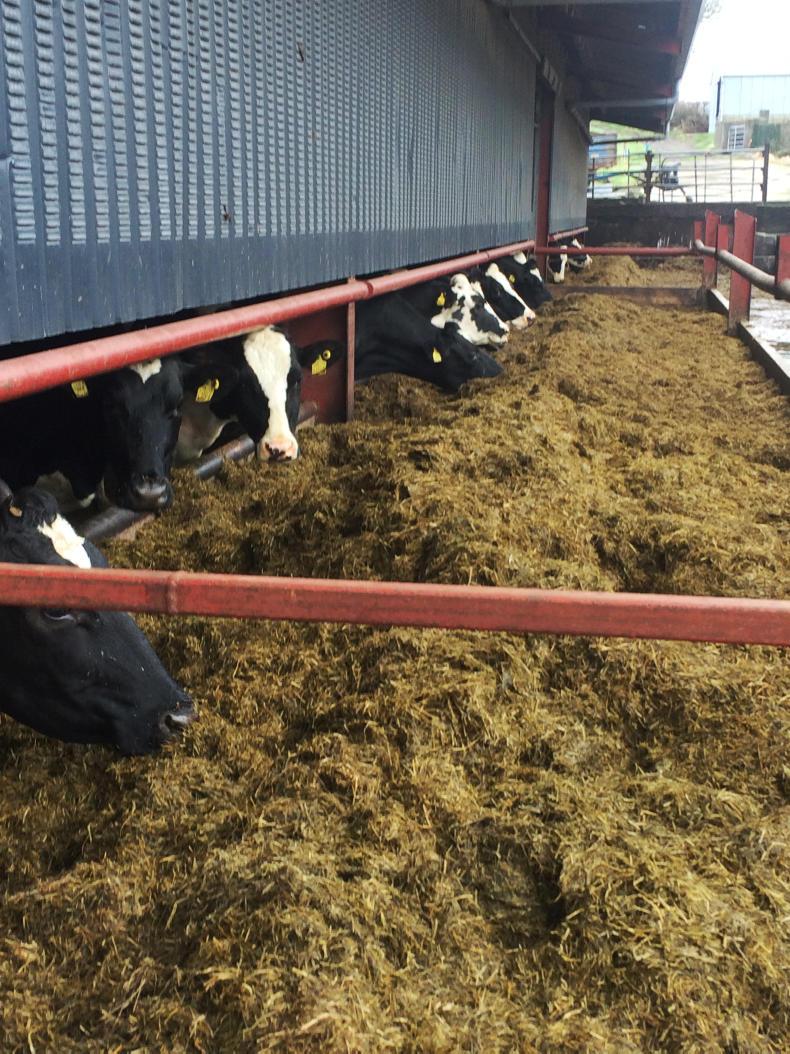
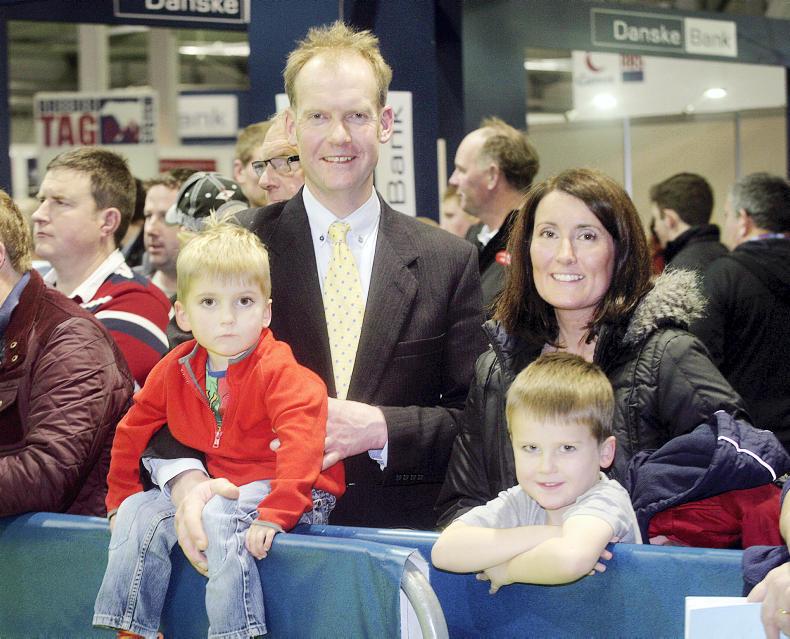

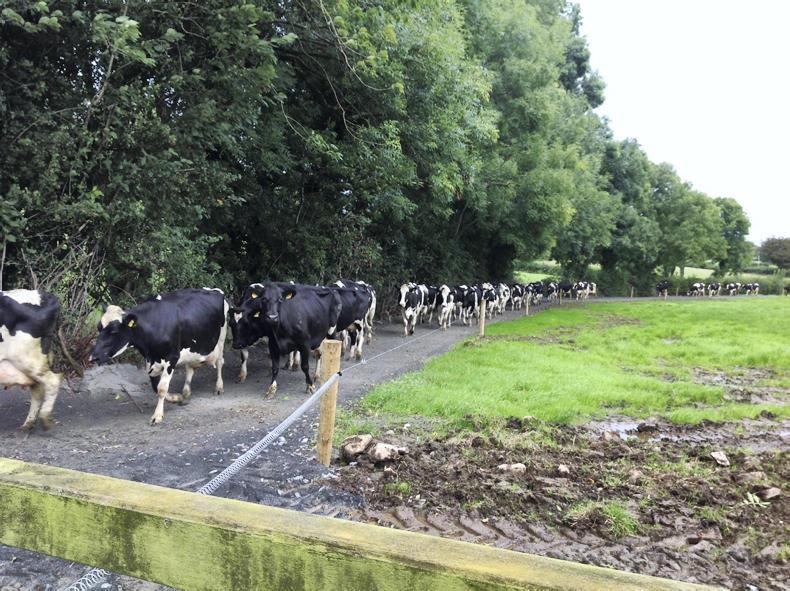
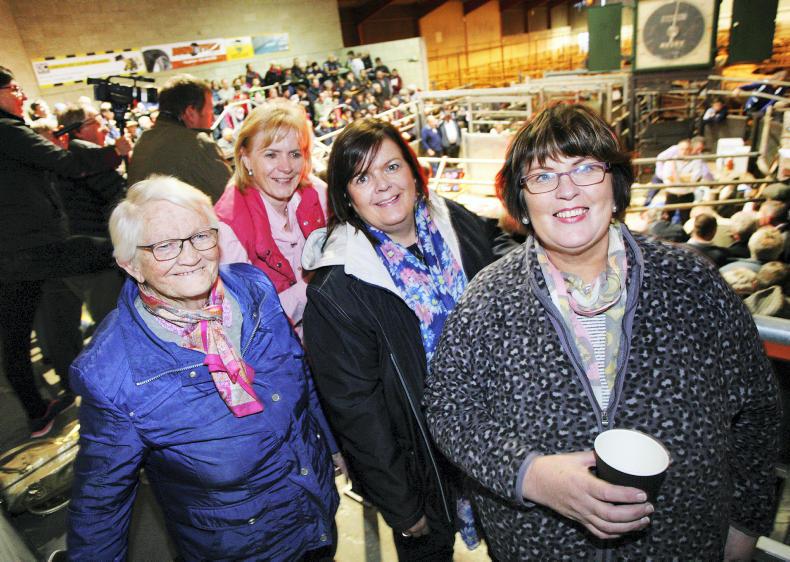
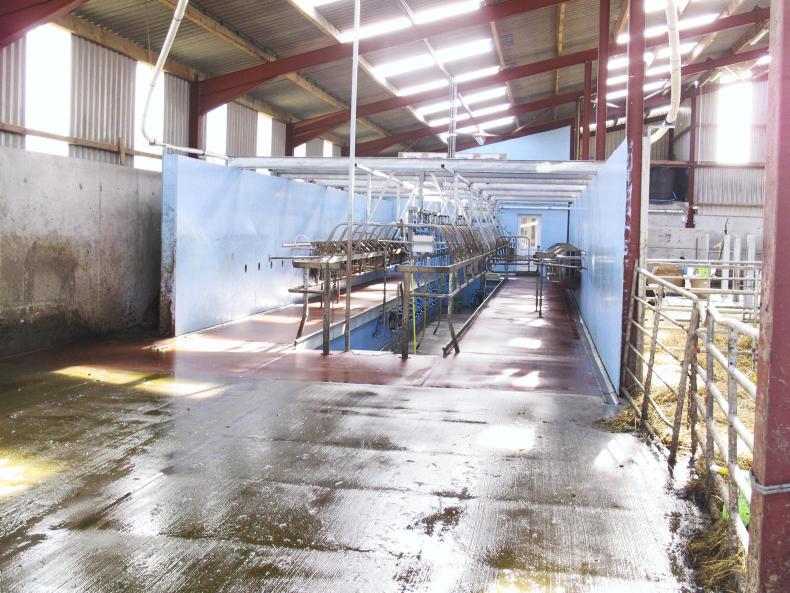
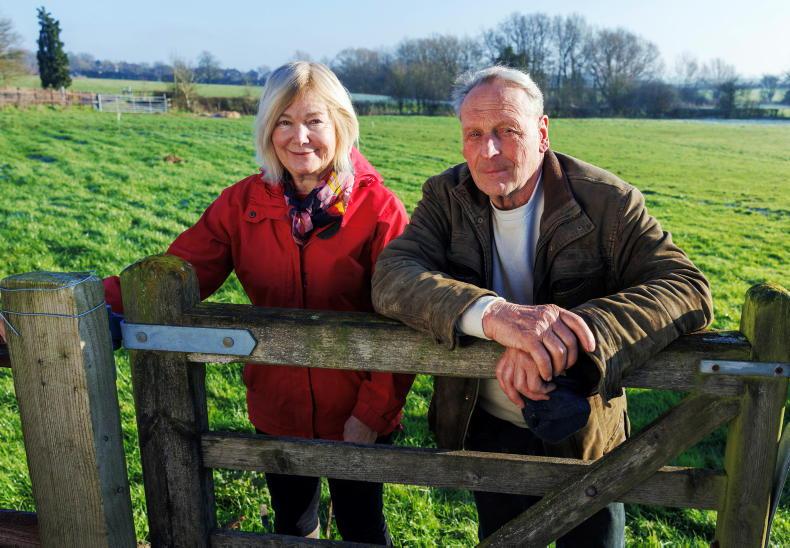
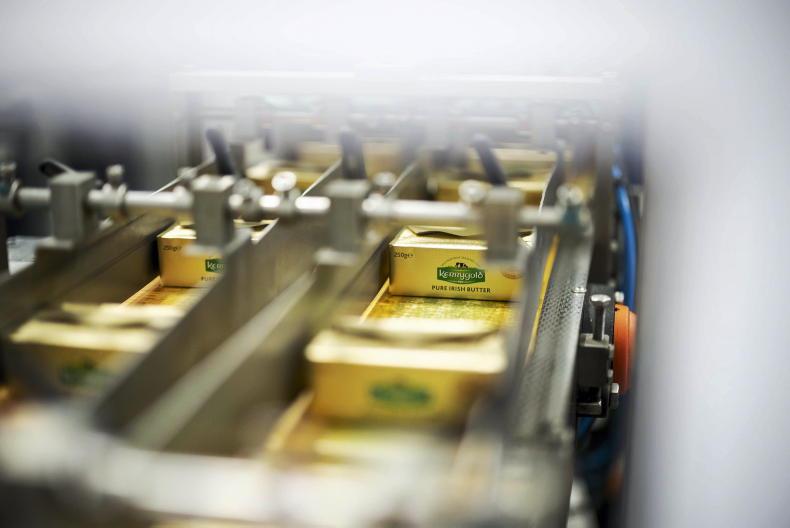
SHARING OPTIONS